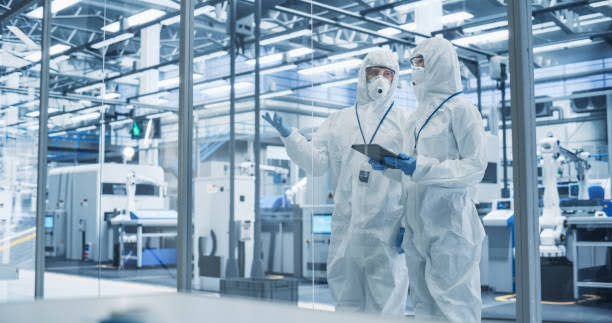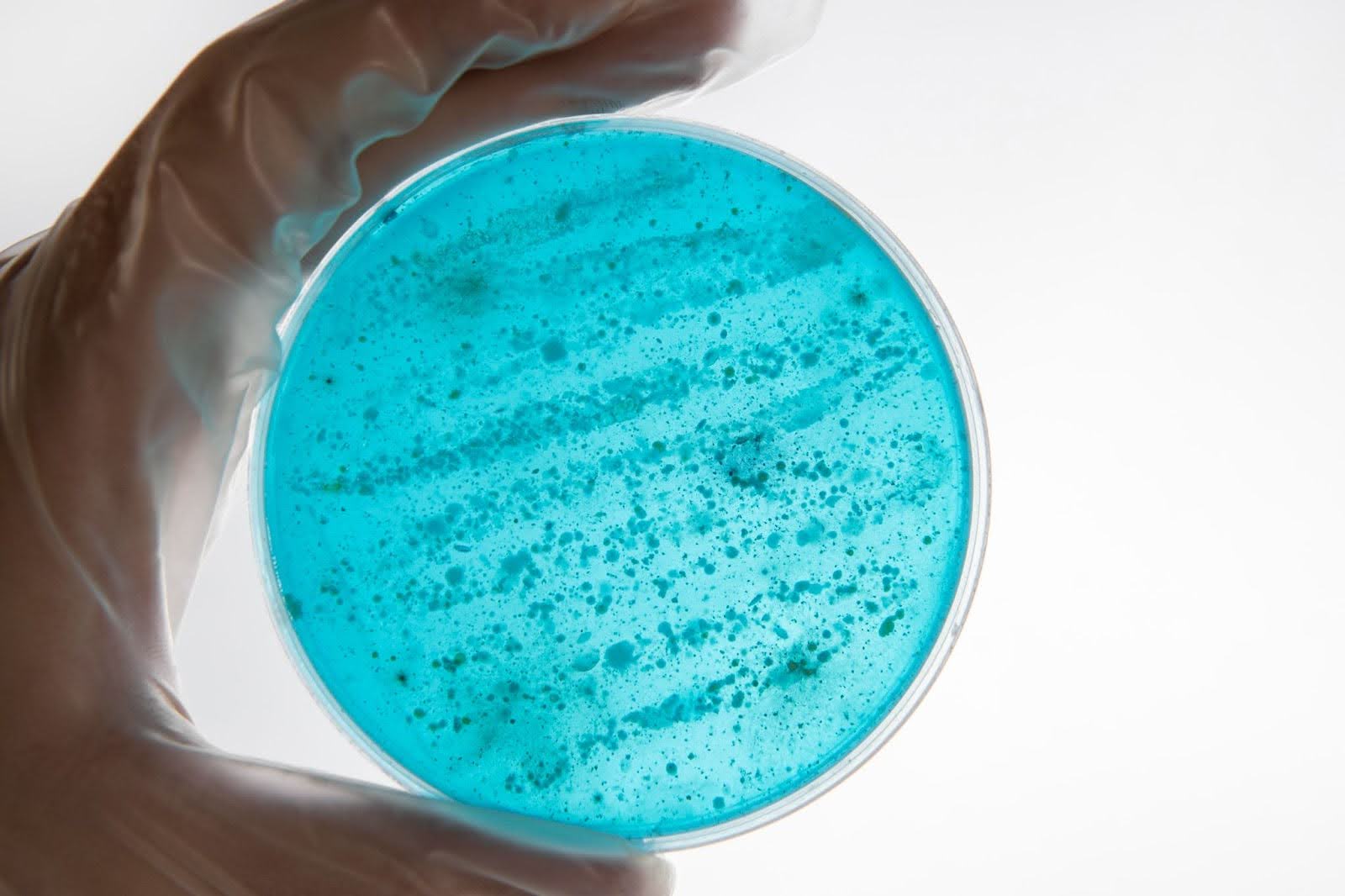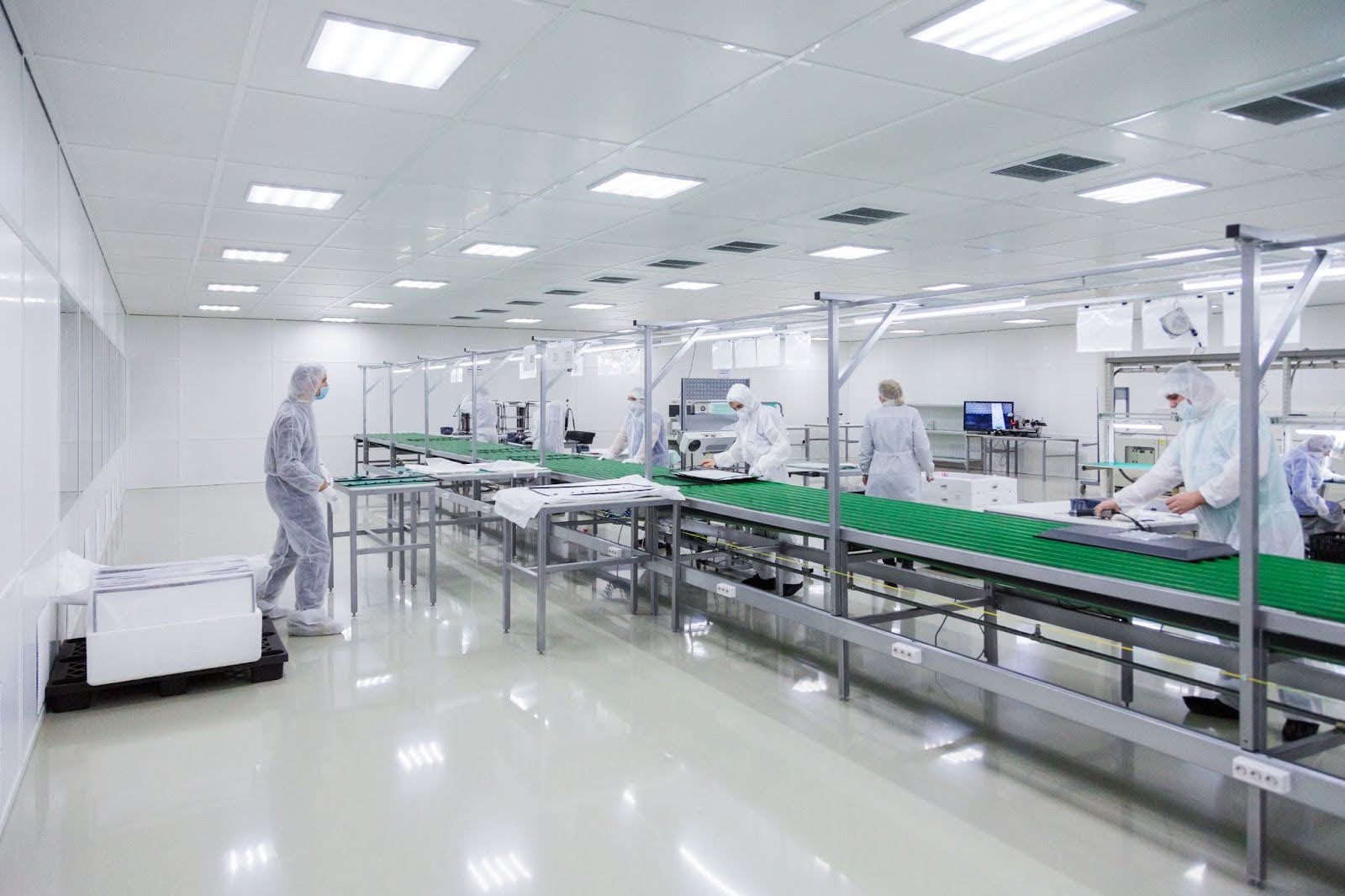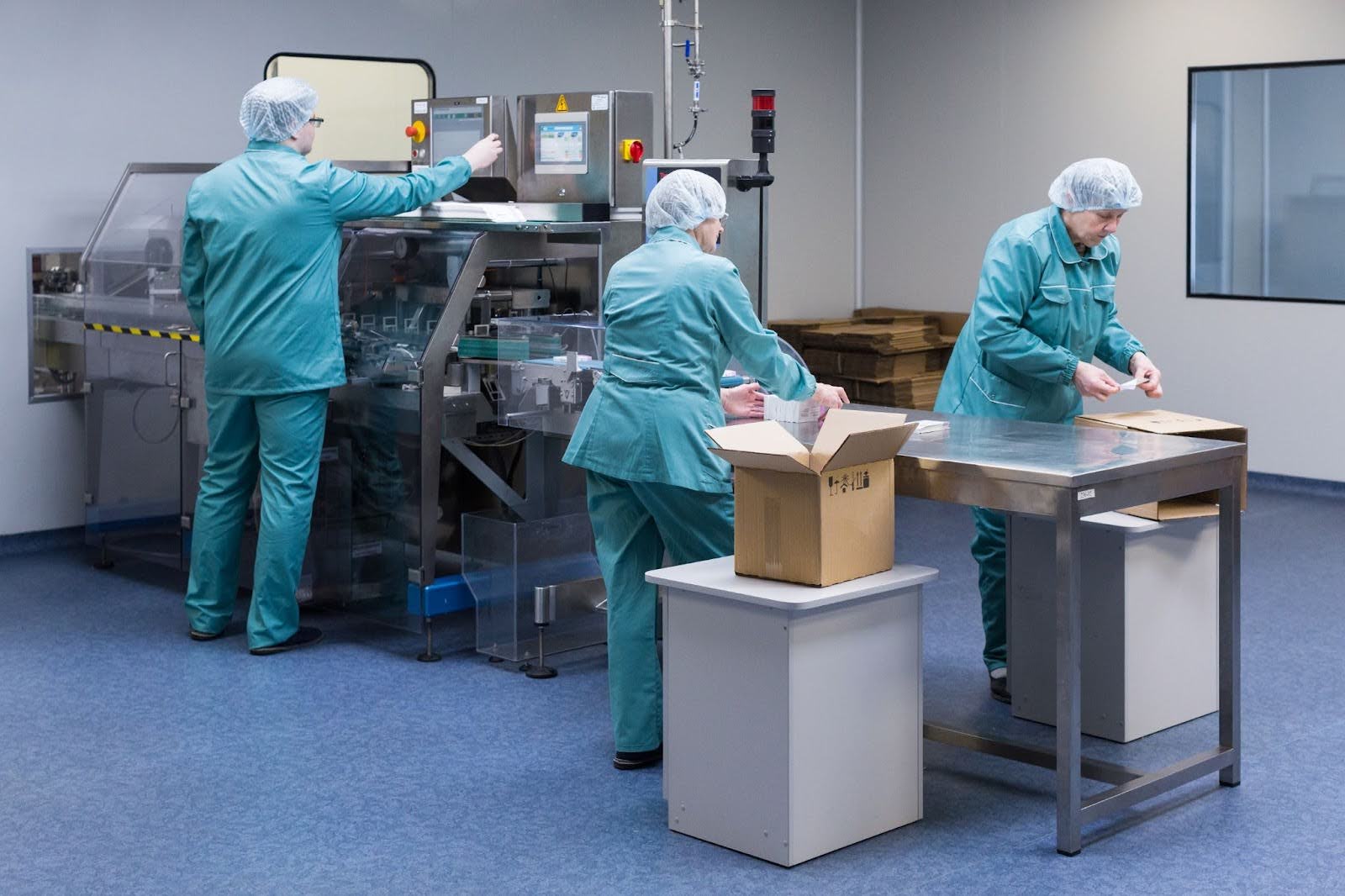by Simantini Singh Deo
7 minutes
Optimizing Aseptic Manufacturing: The Role Of Single-Use Systems In Sterile Environments
Discover how single-use systems enhance aseptic manufacturing by reducing contamination, improving flexibility, and ensuring sterility.

The pharmaceutical and biotechnology industries have long focused on ensuring sterility and contamination-free production. With increasing demand for biologics, vaccines, and advanced therapies, the complexity of aseptic manufacturing has grown. Traditionally, stainless-steel systems dominated these environments, but they come with challenges such as high cleaning validation requirements, cross-contamination risks, and long changeover times.
Single-Use Systems (SUS) have emerged as a transformative solution for aseptic manufacturing. By offering pre-sterilized, disposable components for fluid handling, SUS reduce contamination risk, streamline operations, and enhance flexibility. This article explores the role of single-use systems in aseptic environments, their applications, advantages, challenges, and best practices for implementation.
What Are Single-Use Systems?
Single-Use Systems (SUS) are disposable equipment and components used in biopharmaceutical manufacturing processes. They include bags, tubing, connectors, filters, and mixing systems that are pre-sterilized and intended for one-time use.
The core principle of SUS is to minimize or eliminate the need for cleaning and sterilization between batches, thereby reducing contamination risk and operational complexity. These systems are especially valuable in aseptic environments, where even minor contamination can compromise product safety and quality.
Key Components Of Single-Use Systems Include:
- Single-Use Bioreactors And Mixers: Used for cell culture, media preparation, and mixing.
- Tubing & Connectors: Pre-sterilized, disposable pathways for fluids.
- Filtration Systems: Single-use filters for sterile filtration of media or product.
- Sampling & Sensors: Integrated, disposable devices for monitoring critical parameters.
By replacing traditional stainless-steel equipment with SUS, manufacturers can achieve a more streamlined, safer, and efficient aseptic process.
What Are The Applications Of Single-Use Systems In Aseptic Environments?
Single-use systems are versatile and can be applied across various stages of aseptic manufacturing:
1) Upstream Processing — In upstream processing, single-use bioreactors are widely used for cell culture, enabling efficient growth of biologics while minimizing contamination risk. Disposable tubing and connectors simplify the transfer of media and reagents, reducing the need for cleaning and sterilization between batches.
This flexibility is especially beneficial for multiproduct facilities or small-batch production, where rapid changeovers are required. By adopting single-use systems in upstream operations, manufacturers can enhance sterility assurance and operational efficiency.
2) Downstream Processing — During downstream processing, single-use systems are used for filtration, chromatography, and purification steps. The disposable components eliminate the risk of cross-contamination between batches and reduce the time and effort required for cleaning validation.
Additionally, SUS facilitates faster product changeovers, making it easier to accommodate multiple products in a single facility. This ensures both product quality and regulatory compliance while optimizing workflow efficiency.
3) Media Preparation & Storage — Single-use bags play a crucial role in media preparation and storage. These pre-sterilized containers allow safe handling and storage of media without the risk of microbial contamination.
Integrated sensors in some single-use bags provide real-time monitoring of critical parameters such as temperature, pH, and dissolved oxygen. This capability ensures that media quality is maintained consistently, supporting overall process reliability and product safety.
4) Filling & Formulation — In filling and formulation processes, single-use systems help maintain aseptic conditions during the transfer of product from upstream equipment to final filling lines. Disposable connectors and sterile tubing reduce the risk of exposure to the environment, ensuring product sterility.
In addition, SUS enables efficient handling of multiple product types in the same facility, supporting small-batch or personalized medicine production without extensive cleaning and downtime.
Challenges Of Single-Use Systems
Despite their advantages, single-use systems present unique challenges that manufacturers must address:
- Material Compatibility: Certain solvents, media, or biologics may interact with plastic components, affecting product quality.
- Particle Shedding: Disposable plastics can shed particles, requiring careful monitoring in critical environments.
- Supply Chain Dependence: Reliance on suppliers for pre-sterilized components introduces risk if supply disruptions occur.
- Validation & Regulatory Compliance: Regulatory authorities require validation of SUS materials, sterilization methods, and aseptic connections.
- Waste Management: Disposal of large volumes of plastic components can raise environmental concerns.
Addressing these challenges requires robust quality systems, careful supplier qualification, and monitoring strategies to ensure safe and compliant operations.
Best Practices For Implementing Single-Use Systems
Implementing single-use systems in aseptic environments requires careful planning, validation, and operational discipline. The following best practices help ensure that SUS deliver maximum benefits while maintaining sterility and compliance:
A) Material Selection & Testing
Selecting the right materials is critical for ensuring compatibility with process fluids, media, and biologics. Plastics used in single-use components must be tested for chemical interactions and stability under process conditions. Extractables and leachables (E&L) testing should be performed to ensure that no harmful substances migrate into the product, maintaining both product safety and regulatory compliance. Proper material selection also minimizes risks such as particle shedding and degradation during use.
B) Supplier Qualification
Choosing reputable and qualified suppliers is essential to ensure the consistent quality and sterility of single-use components. Suppliers should have validated sterilization processes and a reliable track record of delivering high-quality products. Establishing formal agreements and monitoring supplier performance ensures that the supply chain remains uninterrupted and that components meet regulatory and quality requirements consistently.
C) Process Integration
Integrating SUS into existing manufacturing workflows requires careful planning. Manufacturers should map their processes to identify areas where single-use systems can replace stainless-steel equipment without compromising sterility or efficiency. Proper integration ensures that tubing, connectors, sensors, and bioreactors work seamlessly with existing equipment, allowing smooth operation and maintaining continuous aseptic control.
D) Environmental Monitoring
Continuous environmental monitoring is crucial when implementing single-use systems. Particle shedding from plastics, microbial contamination, and changes in temperature or humidity can impact SUS performance. Regular monitoring, combined with advanced analytics or AI for micro trend detection, enables early identification of deviations and proactive interventions, maintaining sterility and reducing risk of contamination.
E) Training & Standard Operating Procedures (SOPs)
Personnel training is a cornerstone of successful SUS implementation. Staff should be well-versed in handling, installation, operation, and disposal of single-use components. Establishing comprehensive SOPs ensures consistent practices across all personnel and prevents inadvertent breaches in aseptic technique. Training programs should also emphasize the correct handling of connectors, tubing, and sensors to maintain sterility throughout the process.
F) Regulatory Compliance & Documentation
Maintaining detailed records is essential for regulatory compliance. Documentation should include validation of SUS components, supplier qualifications, traceability of batches, and installation procedures. Comprehensive record-keeping demonstrates adherence to GMP and ISO standards and ensures that regulatory audits can be completed efficiently. Maintaining a strong documentation culture supports both process reliability and regulatory confidence.
In Conclusion
Single-use systems have become a cornerstone of modern aseptic manufacturing. By offering pre-sterilized, disposable components, they reduce contamination risk, simplify operations, and improve flexibility across upstream, downstream, and filling processes.
The advantages of SUS, including reduced cleaning requirements, faster changeovers, and enhanced sterility assurance, make them ideal for biologics, vaccines, and small-batch production. However, successful implementation requires careful material selection, supplier qualification, validation, environmental monitoring, and regulatory compliance.
The integration of AI and digital monitoring further enhances the effectiveness of SUS, enabling predictive trend detection, process optimization, and real-time control. Looking ahead, the combination of single-use technology, AI, and sustainable materials will drive the next generation of aseptic manufacturing, supporting the production of safe, high-quality therapeutics for patients worldwide.
Single-use systems are not merely a technological convenience, they are a strategic solution that aligns with the evolving demands of modern pharmaceutical manufacturing, providing a reliable path toward safe, efficient, and future-ready aseptic operations.
FAQs
1. What Are Single-Use Systems (SUS) In Aseptic Manufacturing?
Single-use systems are pre-sterilized, disposable components used in pharmaceutical and biotechnology manufacturing. They include bags, tubing, connectors, filters, and bioreactors that are intended for one-time use. SUS reduces the risk of contamination, simplifies cleaning and validation, and enables faster batch changeovers in sterile environments.
2. How Do Single-Use Systems Improve Contamination Control?
SUS minimize contamination risks by eliminating the need for cleaning and sterilization between batches. Since the components are pre-sterilized and disposable, there is less chance of residual microbes or cross-contamination from previous batches. This ensures a safer and more reliable aseptic manufacturing process.
3. What Are The Key Applications Of Single-Use Systems In Aseptic Environments?
Single-use systems are used across upstream and downstream processing, media preparation, storage, and filling operations. They support cell culture in bioreactors, sterile media transfer, filtration, chromatography, and aseptic product transfer. Their flexibility allows manufacturers to handle multiple products efficiently while maintaining sterility.
4. What Are The Best Practices For Implementing Single-Use Systems?
Effective implementation requires careful material selection and testing, supplier qualification, proper integration into manufacturing workflows, continuous environmental monitoring, personnel training, and thorough regulatory documentation. Following these practices ensures sterility, compliance, and optimal performance of single-use systems.




